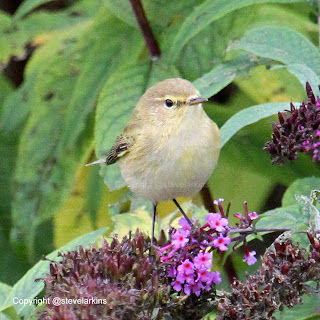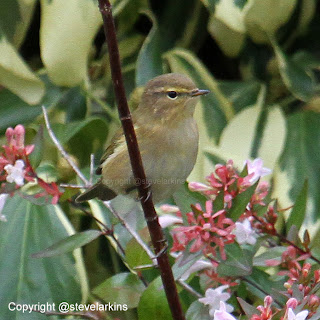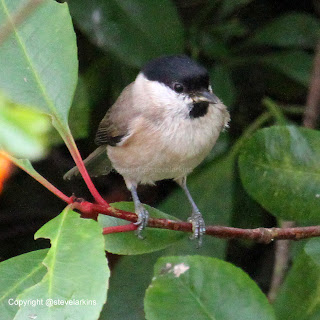Incredible day! I got to see the Red Backed Shrike on Greenham Common this morning and this afternoon the sun came out which gave much better photographic opportunities after the disappointingly gloomy start to the day. The RB Shrike is a very rare bird which is on the RSPB Red List for endangerment, with (on average) less than 10 breeding pairs in the UK.
This particular Red Backed Shrike is a juvenile and probably a female. Apparently the adults head back to Africa first leaving the young to fatten up on bugs and beetles before they too leave for warmer climes in late September.
Quite a few birders were present this morning on Greenham Common and this stopped me from getting close enough for good pictures with my meagre 400mm lens. The other birders were all using spotting scopes and were clearly not keen on us photographers. The exception being a kind hearted couple from Bracknell who let me use their fantastic Leica spotting scope which offered amazing quality images.
Late this afternoon was much better for photography as the spotting scope brigade had all gone home and we had the opportunity to take some serious pictures! The Shrike was still showing really well in the same area as this morning - in the undergrowth to the north west of the Fire Plane. In reality you could carefully approach the bird quite easily without spooking it by hiding behind nearby bushes, so not sure what all the fuss was about this morning.
For those not familiar with Greenham Common, the Fire Plane is a very rusty metal aircraft frame used by the USAF to practice putting out aircraft fires. It is located on ground south west of the EPC Factory and Venture West buildings. It is only a 5 minute walk from the disused Nuclear Bunkers. The closest parking is at Venture West, Greenham Business Park - that is if you're not staying long as this parking area is really intended for employees working on the business park.
This particular Red Backed Shrike is a juvenile and probably a female. Apparently the adults head back to Africa first leaving the young to fatten up on bugs and beetles before they too leave for warmer climes in late September.
Quite a few birders were present this morning on Greenham Common and this stopped me from getting close enough for good pictures with my meagre 400mm lens. The other birders were all using spotting scopes and were clearly not keen on us photographers. The exception being a kind hearted couple from Bracknell who let me use their fantastic Leica spotting scope which offered amazing quality images.
Late this afternoon was much better for photography as the spotting scope brigade had all gone home and we had the opportunity to take some serious pictures! The Shrike was still showing really well in the same area as this morning - in the undergrowth to the north west of the Fire Plane. In reality you could carefully approach the bird quite easily without spooking it by hiding behind nearby bushes, so not sure what all the fuss was about this morning.
For those not familiar with Greenham Common, the Fire Plane is a very rusty metal aircraft frame used by the USAF to practice putting out aircraft fires. It is located on ground south west of the EPC Factory and Venture West buildings. It is only a 5 minute walk from the disused Nuclear Bunkers. The closest parking is at Venture West, Greenham Business Park - that is if you're not staying long as this parking area is really intended for employees working on the business park.














